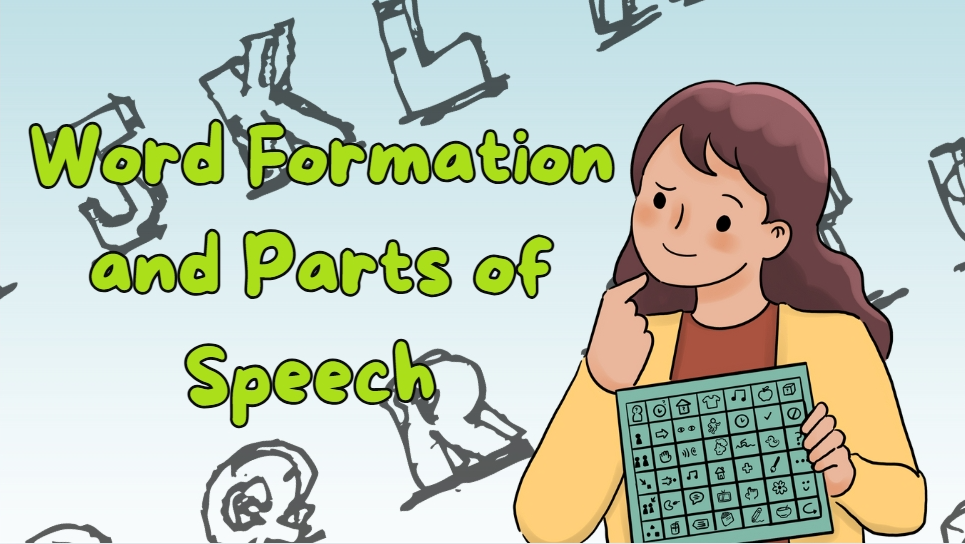You will have to teach your students the word, “Prediction” for vocabulary class.
Teaching word formation can be challenging, and students can often get puzzled as to whether they should use the adjective or the adverb. Yet, if you teach them these simple guidelines below, you will be ready to start increasing their vocabulary four-fold with every new vocabulary list you provide.
- 1. Charts
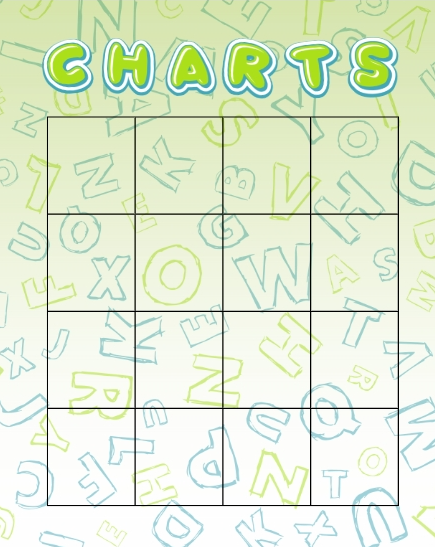
Create a chart/table that has four columns for noun, verb or adjective and adverb as many rows as you introduce new vocabulary words. It is beneficial to give students their own individual chart so that they can use it for studying, but it would also be helpful to keep a large chart in the classroom so students can easily be reminded of the do not feel obliged to complete all four columns for every word as not every word in English neatly breaks down into these four word forms. Sometimes a word will not have all of the forms, or the forms may be rarely used in English. Having gaps in the chart will reinforce the idea that they cannot always apply these patterns.
2. Common Suffixes
By using a chart as recommended above, students will also begin to see similarities among word endings. Help them to discover the most common endings for parts of speech and even relationships between parts of speech. For example, guide them to figuring out that adjectives ending in –able/-ible often take the noun ending –ity. (e.g. responsible- responsibility, possible-possibility, capable- capability).
Here are some other patterns to help your students discover within the chart:
*Common endings
- Nouns for things = ment, -ity,-ness, -tion
- Nouns for people = -er, -or, -ist
- Verbs = rarely have special endings because they get manipulated for tense — usually the shortest word form
- Adjectives = -ous, -able/-ible, -al,-ed/-ing, -ful/-less, -ic, -ive
- Adverbs = -ly
— To form an adverb, add –ly to the
adjective form (not the noun/verb form)
— If two word forms are the same, it
will usually be the noun and verb (e.g.: parent, answer, guess).
— Nouns ending in –tion will usually take the –al suffix for adjectives. Be sure to stress to your students that these are patterns, not “rules,” and that there will be some exceptions to most of these patterns. However, by establishing these patterns concretely, students will be able to vastly improve their vocabulary quickly, and they will more readily notice and remember exceptions to the pattern.
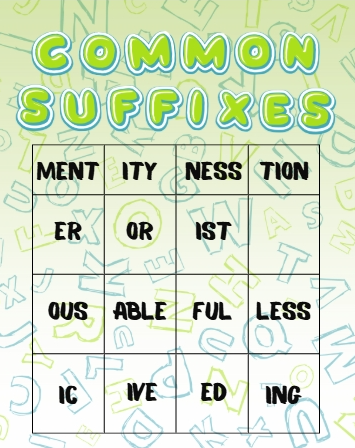
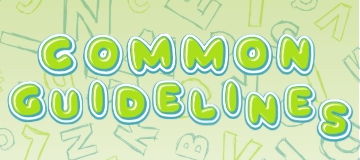
Knowing the correct part of speech for a word form is important, but it’s less than half the battle. The real challenge comes with being able to know how to use it appropriately in a sentence. Below are some (but definitely not all) of the most common usage patterns. Again, emphasize that these are just guidelines because there are many exceptions in English. Once you have taught students these patterns, they will be able to use most word forms immediately in their writing.
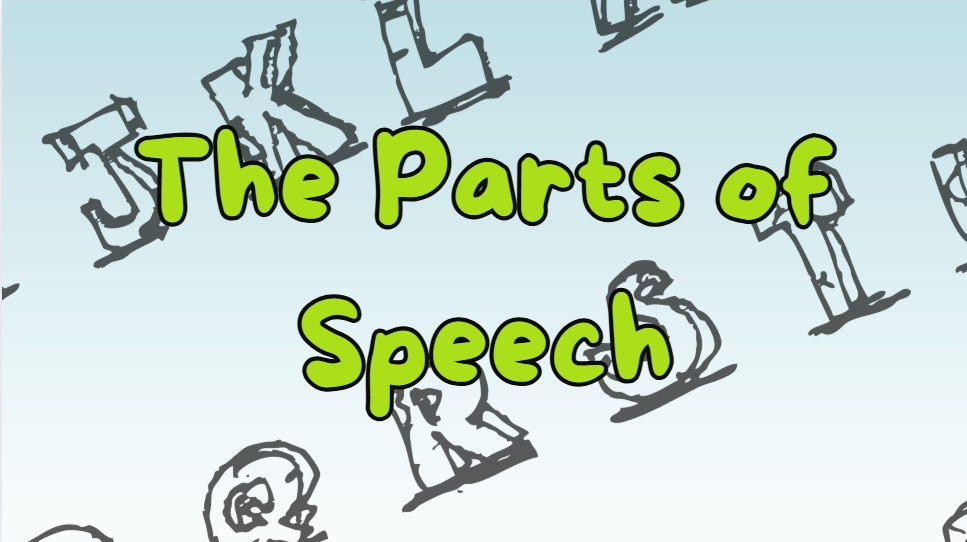
Nouns
- – Nouns are people, places, or things.
- – Nouns always come before verbs and after verbs.
- – Every sentence will have at least one noun.
Nouns are usually in these positions:
- – a/an/the _ (The prediction came true.)
- – adjective _ (Wrong predictions are dangerous.)
- – Possessive (my, your, his, her, John’s) __ (Their prediction was wrong.)
- – have _ (I have a prediction.)
- – __ verb (Predictions make people’s lives easier.)
Adjectives
– am/is/are/was/were __ (The game was predictable.)
– __ noun (Predictable people are easy to understand.)
– Adjectives are usually in these positions
– am/is/are/was/were __ (The game was predictable.)
– __ noun (Predictable people are easy to understand.)
– * very __ (Tony is a very predictable person.)
– * adverb __ (Tony is always predictable.)
– * a/an/the __ noun (The predictable answer was “yes.”)
Verbs
- – Verbs show the action or state of being in a sentence.
- – Verbs usually aren’t the first word in a sentence. Exception — Commands: (Go to class.)
- – EVERY sentence MUST have a verb.
Adverbs
- – Adverbs describe verbs or adjectives
- – Answers the question “how did he do it?”
- – Usually, you add -ly to the adjective to make an adverb (but not always)
- Adverbs are usually in these positions:
- – __ , (Predictably, Tommy was late again.)
- – _ verb (He predictably walked in late.)
- – Verb __ (He walked quickly.)
- – very __ (He walked very quickly.)
- – _ adjective (Tom is predictably late.)
Grammar is always the top listed mind boggling piece of a puzzle in your journey to studying English. The time spent and effort connecting the pieces usually takes a lifetime to see the beautiful, big picture of the English language. With these patterns, educators will have more confidence to teach Grammar and minimize the confusion.
Do you like to share practical tips on teaching Grammar?
Subscribe to our daily post and get more ideas to teach English with your students!

